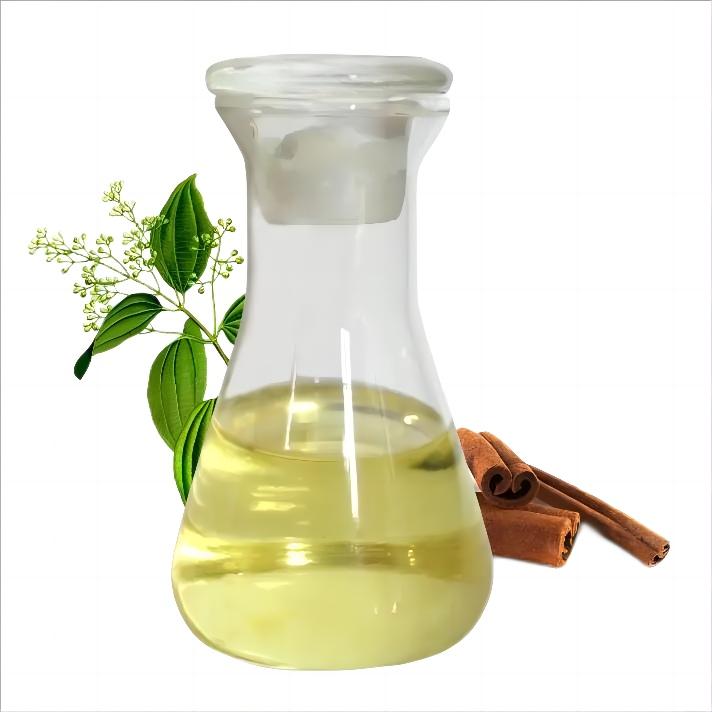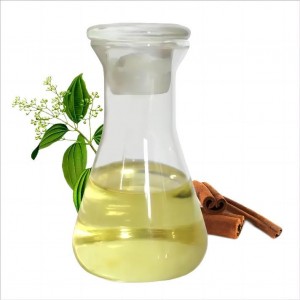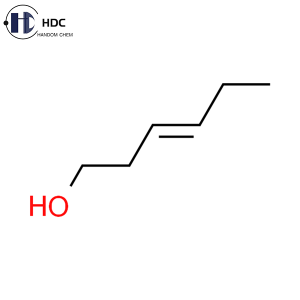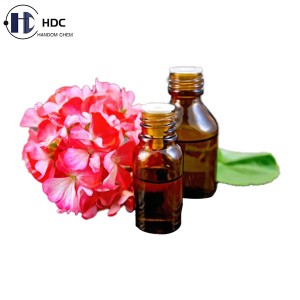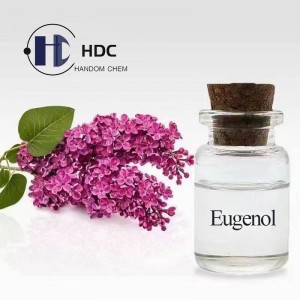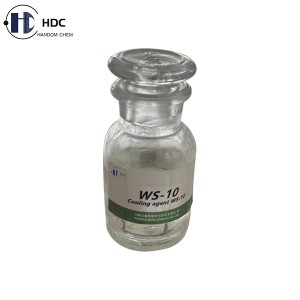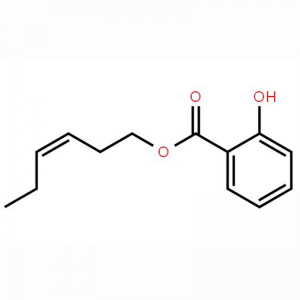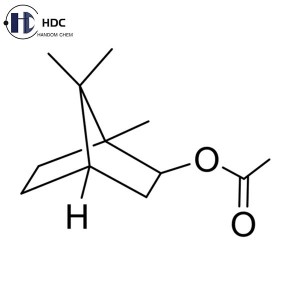Cinnamic aldehyde
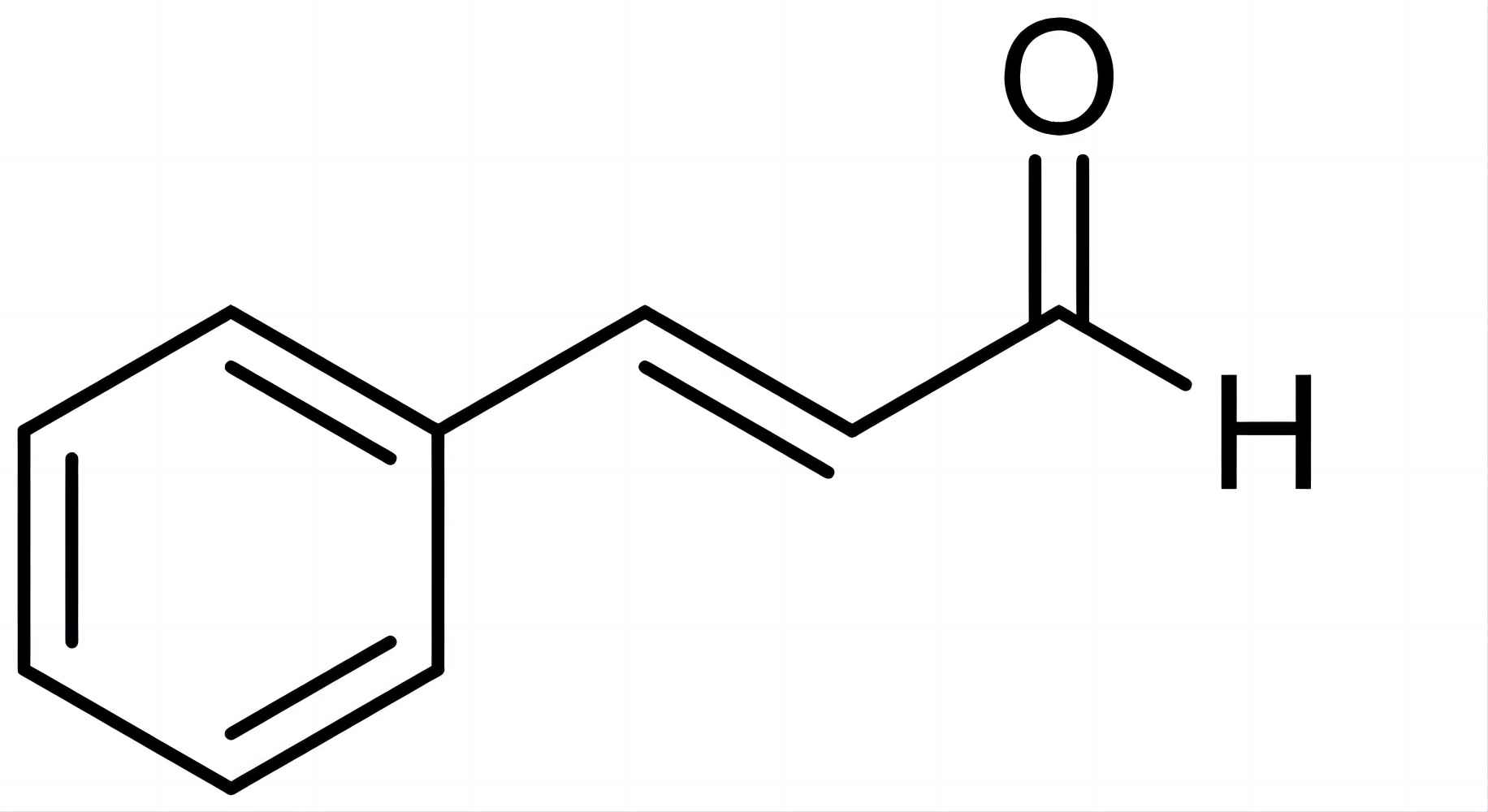
Overview
Cinnamaldehyde, also known as Cinnamic Aldehyde, occurs naturally in Sri Lankan essential oils such as cinnamon oil , cassia bark oil , patchouli oil, hyacinth oil, and rose oil. Cinnamaldehyde has two isomers, cis and trans, the commercially available cinnamaldehyde, whether natural or synthetic, is trans-form.
Specifications
|
Test Items |
Units |
Test Specifications |
|
Color |
--- |
Yellowish to yellow |
|
Appearance |
--- |
Liquid |
|
Aroma |
--- |
Strong aroma of Cinnamon |
|
Refractive Index(20℃) |
--- |
1.619 ~ 1.625 |
|
Relative Density(25℃/25℃) |
--- |
1.046 ~ 1.053 |
|
Acid Value(In KOH) |
mg/g |
≤10.0 |
|
Cinnamic aldehyde content |
ω/% |
≥98.0 |
Applications
|
1. Application of Cinnamaldehyde in Medicine: |
(1) Sterilization, disinfection and anticorrosion, especially for fungi. |
| (2) Anti-ulcer, strengthen stomach and intestinal motility. | |
| (3) Lipolysis. Cinnamaldehyde can inhibit the release of adrenaline and ACTH to fatty acids, and promote the fat synthesis of glucose. Cinnamic acid also has this effect, but the effect of cinnamic aldehyde is much greater than that of cinnamic acid. Therefore, it can be used in blood sugar control drugs to enhance the performance of insulin in replacing glucose and prevent and treat diabetes. | |
| (4) Antiviral effect. For influenza virus, SV10 virus has a strong tumor suppressive effect. | |
| (5) Anticancer effect. It can inhibit the occurrence of tumors, and has anti-mutagenic and anti-radiation effects. | |
| (6) Dilate blood vessels and lower blood pressure. It has antihypertensive effect on adrenocortical hypertension. | |
| (7) Aphrodisiac effect. A study by Therapeutic Research Center in Chicago, USA shows that cinnamaldehyde has a certain effect on male impotence. | |
| (8) Commonly used in external medicine and synthetic medicine. | |
|
2. Application of Cinnamaldehyde in Chemical Industry: |
(1). Organic chemical synthesis. Used in the synthesis of α-bromocinnamaldehyde, cinnamic acid, cinnamyl alcohol, cinnamonitrile and other products. |
| (2). In industry, it can also be used as color developer and experimental reagent. | |
| (3). Insecticides, mosquito repellants, refrigerator deodorants, preservatives, etc. It has a strong killing effect on Aedes mosquito larvae that transmit yellow fever, and it will become a new type of insecticide. Cinnamaldehyde is not only safe and environmentally friendly, but also has a fragrant smell. It contains cinnamaldehyde as an antimicrobial agent that can repel insects. It can be directly used in drainage pipes (sewers) or car special flavors, air fresheners, oxygen generators, refrigerator deodorants, preservatives, etc. | |
| (4). Cinnamaldehyde can also be used as bactericidal algaecide and acidification corrosion inhibitor in oil exploitation, instead of traditional antiseptic bactericides such as glutaraldehyde, which can significantly increase oil production, improve oil quality, and reduce mining costs . It has opened up an unprecedented broad space for the application of cinnamaldehyde. | |
| (5). Because cinnamaldehyde is not affected by the pH value like sodium benzoate, it has a strong sterilization and disinfection function for acidic or alkaline substances, and it can also be widely used for anti-corrosion, mildew-proof and fresh-keeping. | |
| (6). The latest bird repellent colloids are in response to the needs of the field, and active evacuation methods are adopted, and the products are constantly being introduced.The use of natural spices --- cinnamaldehyde came into being as a bird repellent colloid. The active ingredient of bird repellent, cinnamaldehyde, has high content and long-lasting effect. High-concentration products are used in airport waterways. The bird-repellent colloid, a biological preparation with cinnamaldehyde as the main raw material, can slowly and persistently release a gas that affects the central nervous system of birds. Birds fly away immediately after smelling it, and will not come back within their memory period. | |
|
3. Application of Cinnamaldehyde in Flavors and Fragrances: |
Cinnamaldehyde, as a hydroxy-acid aroma-containing compound, has a good fragrance-holding effect. It is used as a fragrance ingredient in fragrance blending to make the aroma of the main fragrance more fragrant. Because of its higher boiling point than other organic substances with similar molecular structure, it is often used as a fixative. It is often used in soap essence to prepare gardenia, jasmine, lily-of-the-valley, rose and other essences. It can be used in food flavors for apple, cherry, and fruit essences. Because cinnamaldehyde can not only modulate the flavor types of various tastes, but also play a double role of sterilization and deodorization in the oral cavity. Commonly used in toothpaste, chewing gum, breath freshener and other oral care products. |
|
4. Application of Cinnamaldehyde in Food Industry: |
Cinnamaldehyde is often used in edible spices, fresh-keeping antiseptic and anti-mold agents (paper), and also a good seasoning (material) oil to improve the taste and flavor. Such as: instant noodles, chewing gum, betel nuts and other foods, as well as baked goods such as bread, cakes and pastries. Now the United States and Japan have researched and developed the application of cinnamaldehyde in food additives, mainly using its functions of sterilization, disinfection and antisepsis. As a food antifungal agent, cinnamaldehyde is non-toxic or low-toxic to the human body, and can have a strong inhibitory effect on the reproduction of microorganisms. Soluble in ethanol, ether, chloroform, grease, etc. It has antibacterial effect. When the concentration is 2.5×10-4, it has a strong antibacterial effect on Aspergillus flavus, Aspergillus niger, Penicillium citrinum, Fusarium moniliforme, Alternaria, Geotrichum candidum, and yeast.Cinnamaldehyde has a good effect of inhibiting mold. Inhibit the growth of mold, strong antibacterial effect. Can effectively kill bacteria, Escherichia coli. Cinnamaldehyde is an antifungal active substance. Foreign researchers have studied the antifungal effect of cinnamaldehyde on 22 opportunistic pathogenic fungi. The results showed that cinnamaldehyde had antibacterial effects on all tested bacteria. In the research on the anti-Aspergillus flavus effect and ultrastructure of cinnamaldehyde, it was found that cinnamaldehyde has obvious anti-Aspergillus flavus effect. |
| 5. The application of Cinnamaldehyde in Feed: | Cinnamaldehyde itself is a kind of spice. It has the functions of promoting growth, improving feed efficiency, and controlling bacillary diarrhea of poultry and livestock. It can also increase the fragrance of feed, attract animals to eat, and prevent feed mildew for a long time. No need to add other preservatives. |
|
6. Application in Health Care and Antisepsis: |
People in the industry generally believe that the world of Jinjiu(Jin Liquor) is supported by cinnamaldehyde! Jin Liquor is based on Xiaoqu baijiu(Xiaoqu Liquor) and is made of selected authentic medicinal materials. It has the health functions of anti-fatigue and immune regulation, which is commonly known as "tonifying the kidney and strengthening male function". The success of Jin Liquor lies in the fact that cinnamaldehyde can make people have harmless mental dependence. Once drunk, they will never give up for life, so they have a large number of loyal markets. “Dongjiu”, a well-known Chinese liquor that has declined, will also choose the successful route of Jinjiu for its re-emergence strategy, using cinnamaldehyde as the main medicinal material.The antiseptic effect of cinnamaldehyde has also been strongly confirmed in processed betel nut products. As a preservative, cinnamaldehyde can not only greatly extend the shelf life, but also degrade into the nutrients needed by the human body after entering the human body, which is harmless and beneficial to the human body. Cinnamaldehyde can not only enhance the medicinal effect of betel nut, make betel nut more pure, but also enhance the taste and taste of betel nut with its unique cinnamon fragrance. |
Packages
25kg net plastic drum(320mm*270mm*410mm)
210kg net plastic drum(980mm*980mm*580mm)
Storage Conditions
Preserved in unopened original containers in a cool dry place before using; kept away from sunlight, heat and moisture.


